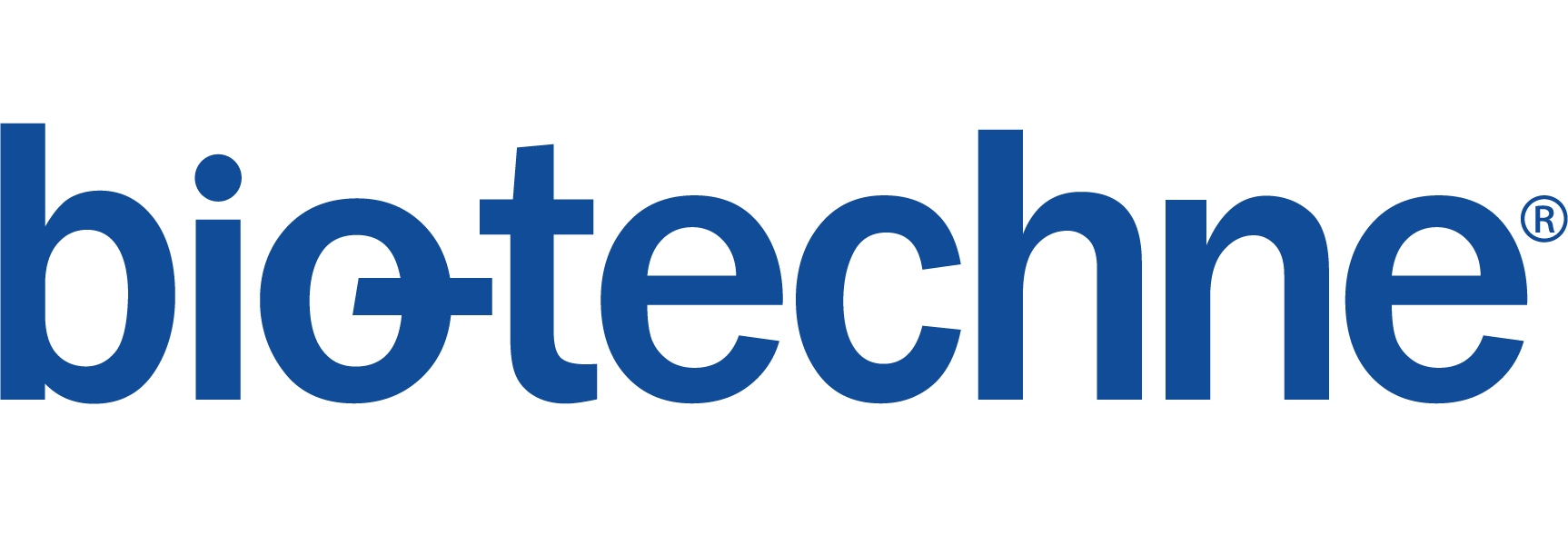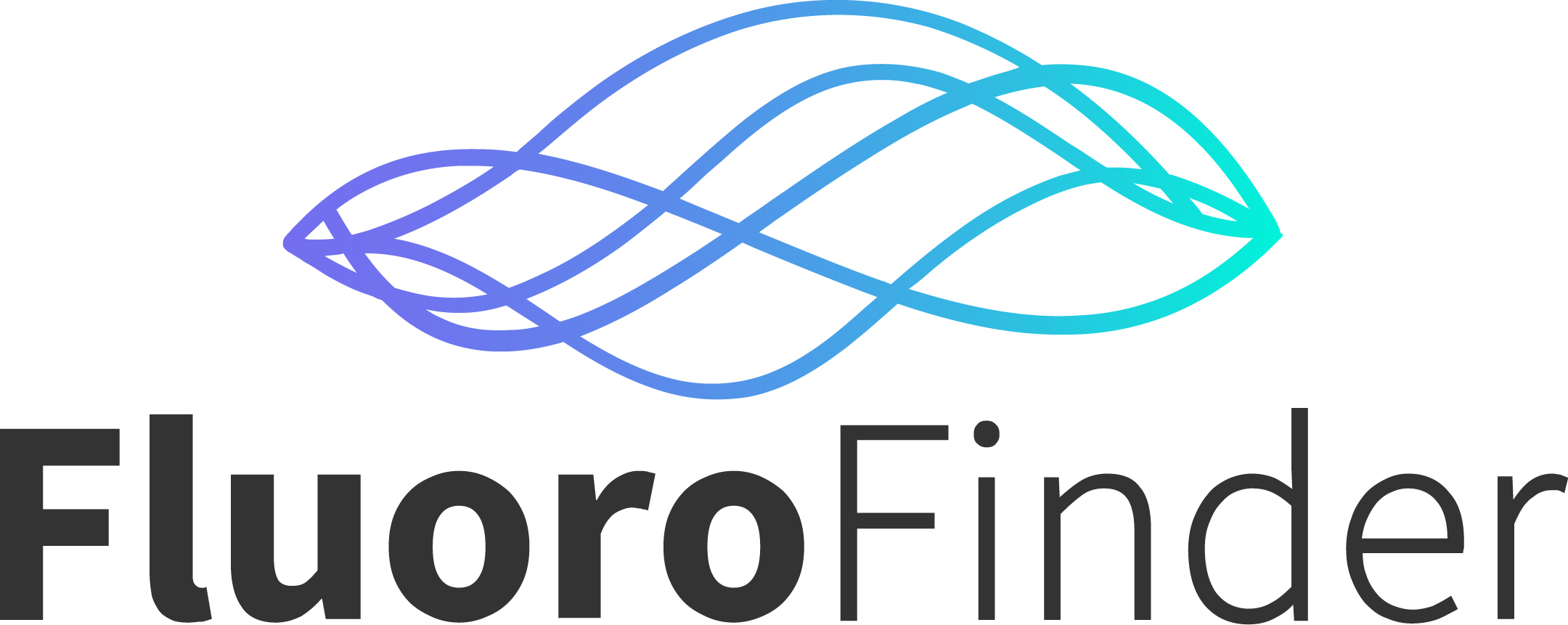-
GENE_NAME : CD1D
CD_NAME : CD1d
DESC: CD1D antigen; d polypeptide
OTH_NAMES: noneCLONE_NAME ISO_TYPE SUBMITTER AVAILABLE_FROM CD1d42 IgG1 Hollemweguer BD Biosciences -
CLONE_NAME ISO_TYPE SUBMITTER AVAILABLE_FROM CD1d42 IgG1 Hollemweguer BD Biosciences UN4 IgG1 Venuta -
STRUCTURE
CD1d is a non-polymorphic type 1 integral glycoprotein with a similar structure to MHC class I molecules. CD1d is composed of a short cytoplasmic tail, a transmembrane domain and an extracellular region that contains 3 α domains.1-2 The α1 and α2 domains bind to the ligand.2 The α3 domain interacts with β-2 microglobulin forming a heterodimer. 2 The cytoplasmatic tail contains a tyrosine-based motif for adaptors binding. 2
- Kaczmarek R, Pasciak M, Szymczak-Kulus K, Czerwinski M. CD1: A Singed Cat of the Three Antigen Presentation Systems. Arch Immunol Ther Exp (Warsz). 2017;65:201-214.
- Zajonc DM. The CD1 family: serving lipid antigens to T cells since the Mesozoic era. Immunogenetics. 2016;68:561-76.
-
LIGANDS
Extracellular
Ligands of CD1d include α-galactoceramide1, phosphatidil inositol mannoside2, phospholipids2, diacylglycerols3, glucosyl cholesterol4, sphingomielins5, gangliosides5, sulfatide5, asperamide B6, phosphatidylcholine7 CEACAM58 and the TCR.9 It interacts with β-2 microglobulin, actin and CD1d in cis.9-10
Intracellular associate molecules
CD1d can be associated with AP-3 and AP-2.11
- Koch M, Stronge VS, Shepherd D, Gadola SD, Mathew B, Ritter G, Fersht AR, Besra GS, Schmidt RR, Jones EY, Cerundolo V. The crystal structure of human CD1d with and without alpha-galactosylceramide. Nat Immunol. 2005;6:819-26.
- Fischer K, Scotet E, Niemeyer M, Koebernick H, Zerrahn J, Maillet S, Hurwitz R, Kursar M, Bonneville M, Kaufmann SH, Schaible UE. Mycobacterial phosphatidylinositol mannoside is a natural antigen for CD1d-restricted T cells. Proc Natl Acad Sci U S A. 2004;101:10685-90.
- Kinjo Y, Tupin E, Wu D, Fujio M, Garcia-Navarro R, Benhnia MR, Zajonc DM, Ben-Menachem G, Ainge GD, Painter GF, Khurana A, Hoebe K, Behar SM, Beutler B, Wilson IA, Tsuji M, Sellati TJ, Wong CH, Kronenberg M. Natural killer T cells recognize diacylglycerol antigens from pathogenic bacteria. Nat Immunol. 2006;7:978-86.
- Chang YJ, Kim HY, Albacker LA, Lee HH, Baumgarth N, Akira S, Savage PB, Endo S, Yamamura T, Maaskant J, Kitano N, Singh A, Bhatt A, Besra GS, van den Elzen P, Appelmelk B, Franck RW, Chen G, DeKruyff RH, Shimamura M, Illarionov P, Umetsu DT. Influenza infection in suckling mice expands an NKT cell subset that protects against airway hyperreactivity. J Clin Invest. 2011;121:57-69.
- Haig NA, Guan Z, Li D, McMichael A, Raetz CR, Xu XN. Identification of self-lipids presented by CD1c and CD1d proteins. J Biol Chem. 2011;286:37692-701.
- Albacker LA, Chaudhary V, Chang YJ, Kim HY, Chuang YT, Pichavant M, DeKruyff RH, Savage PB, Umetsu DT. Invariant natural killer T cells recognize a fungal glycosphingolipid that can induce airway hyperreactivity. Nat Med. 2013;19:1297-304.
- Giabbai B, Sidobre S, Crispin MD, Sanchez-Ruìz Y, Bachi A, Kronenberg M, Wilson IA, Degano M. Crystal structure of mouse CD1d bound to the self ligand phosphatidylcholine: a molecular basis for NKT cell activation. J Immunol. 2005;175:977-84.
- Roda G, Jianyu X, Park MS, DeMarte L, Hovhannisyan Z, Couri R, Stanners CP,Yeretssian G, Mayer L. Characterizing CEACAM5 interaction with CD8α and CD1d in intestinal homeostasis. Mucosal Immunol. 2014;7:615-24.
- Zajonc DM. The CD1 family: serving lipid antigens to T cells since the Mesozoic era. Immunogenetics. 2016;68:561-76.
- Torreno-Pina JA, Manzo C, Salio M, Aichinger MC, Oddone A, Lakadamyali M, Shepherd D, Besra GS, Cerundolo V, Garcia-Parajo MF. The actin cytoskeleton modulates the activation of iNKT cells by segregating CD1d nanoclusters on antigen-presenting cells. Proc Natl Acad Sci U S A. 2016;113:E772-81.
- Van Rhijn I, Ly D, Moody DB. CD1a, CD1b, and CD1c in immunity against mycobacteria. Adv Exp Med Biol. 2013;783:181-97.
-
GENE_NAME : CD1D
CD_NAME : CD1d
CD1d is expressed in many different cell types. CD1d is present on thymocytes1, monocytes1, dermal dendritic cells2, mantle zone B cells1, circulating B cells1, splenic B cells4, epithelial cells4, vascular smooth muscle cells4 and parenchymal cells.4 Expression of CD1d can be induced in T cells with PHA.1
- Exley M, Garcia J, Wilson SB, Spada F, Gerdes D, Tahir SM, Patton KT, Blumberg RS, Porcelli S, Chott A, Balk SP. CD1d structure and regulation on human thymocytes, peripheral blood T cells, B cells and monocytes. Immunology. 2000;100:37-47.
- Gerlini G, Hefti HP, Kleinhans M, Nickoloff BJ, Burg G, Nestle FO. Cd1d is expressed on dermal dendritic cells and monocyte-derived dendritic cells. J Invest Dermatol. 2001;117:576-82.
- Blumberg RS, Terhorst C, Bleicher P, McDermott FV, Allan CH, Landau SB, Trier JS, Balk SP. Expression of a nonpolymorphic MHC class I-like molecule, CD1D, by human intestinal epithelial cells. J Immunol. 1991;147:2518-24.
- Canchis PW, Bhan AK, Landau SB, Yang L, Balk SP, Blumberg RS. Tissue distribution of the non-polymorphic major histocompatibility complex class I-like molecule, CD1d. Immunology. 1993;80:561-5.
-
GENE_NAME : CD1D
CD_NAME : CD1d
CD1d is involved in the immune response by presenting self and non-self lipid and glycolipid antigens to NKT cells.1 Interactions between TCR-CD1d are required for the development and selection of NKT in the thymus and their peripheral activation2-3. CD1d is also necessary for maturation and differentiation of iNKT in the periphery.2
- Speak AO, Cerundolo V, Platt FM. CD1d presentation of glycolipids. Immunol Cell Biol. 2008;86:588-97.
- Salio M, Silk JD, Jones EY, Cerundolo V. Biology of CD1- and MR1-restricted T cells. Annu Rev Immunol. 2014;32:323-66.
- Dasgupta S, Kumar V. Type II NKT cells: a distinct CD1d-restricted immune regulatory NKT cell subset. Immunogenetics. 2016;68:665-76.
-
GENE_NAME : CD1D
CD_NAME : CD1d
Cell marker
CD1d is a marker of monocytic myeloid-derived suppressor cells and murine marginal zone B cells.1-2 CD1d expression is associated with an unfavourable prognosis in B-precursor acute lymphoblastic leukemia, chronic lymphocytic leukemia and renal cell carcinoma.3-6 In addition, CD1d tetramers loaded with alpha-GalCer can be used to identify iNKT cells, whereas CD1d dimers loaded with sulfatide can be used to identify type II NKT cells.7
- Weill JC, Weller S, Reynaud CA. Human marginal zone B cells. Annu Rev Immunol. 2009;27:267-85.
- An B, Lim JY, Jeong S, Shin DM, Choi EY, Min CK, Hong SH. CD1d is a novel cell-surface marker for human monocytic myeloid-derived suppressor cells with T cell suppression activity in peripheral blood after allogeneic hematopoietic stem cell transplantation. Biochem Biophys Res Commun. 2018;495:519-525.
- Fais F, Tenca C, Cimino G, Coletti V, Zanardi S, Bagnara D, Saverino D, Zarcone D, De Rossi G, Ciccone E, Grossi CE. CD1d expression on B-precursor acute lymphoblastic leukemia subsets with poor prognosis. Leukemia. 2005;19:551-6.
- Anastasiadis A, Kotsianidis I, Papadopoulos V, Spanoudakis E, Margaritis D, Christoforidou A, Gouliamtzi S, Tsatalas C. CD1d expression as a prognostic marker for chronic lymphocytic leukemia. Leuk Lymphoma. 2014;55:320-5.
- Bojarska-Junak A, Hus I, Chocholska S, Tomczak W, Woś J, Czubak P, Putowski L, Roliński J. CD1d expression is higher in chronic lymphocytic leukemia patients with unfavorable prognosis. Leuk Res. 2014;38:435-42.
- Chong TW, Goh FY, Sim MY, Huang HH, Thike AA, Lim WK, Teh BT, Tan PH. CD1d expression in renal cell carcinoma is associated with higher relapse rates, poorer cancer-specific and overall survival. J Clin Pathol. 2015;68:200-5.
- Sharma AA, Chew L, Ladd M, Jen R, Lavoie PM. Ex vivo purification and characterization of human invariant Natural Killer T cells. J Immunol Methods. 2011;373:1-7.
Therapeutic
To our knowledge, no therapy against CD1d has been approved. However, favorable results have been reported of anti-CD1d antibodies administration in mice models of renal, breast and colon carcinoma in combination with other drugs.1 Furthermore, administration of anti-CD1d alone was sufficient to reduce tumor growth in breast and colon carcinoma models.2 Apart from that, anti-CD1d antibodies induce death in myeloma and lymphoma cells.3
Another strategy that has been tested was the use of ligands or antagonists of CD1d for therapy. For instance, administration of di-palmitoyl-phosphatidyl-ethanolamine polyethylene glycol, which is a CD1d-binding antagonist, was able to prevent the development of allergic airway hyperreactivity in mice.4 On the other hand, administration of the CD1d ligand alpha-GalCer did not have any therapeutic effect against cancer or hepatitis.5
Last but not least, in the context of vaccines, alpha-GalCer and other analogs have been studied as adjuvants. In particular, co-administration of these ligands along with the vaccine was able to enhance the immunogenicity of vaccines and their protective capacity.6-9
- Teng MW, Sharkey J, McLaughlin NM, Exley MA, Smyth MJ. CD1d-based combination therapy eradicates established tumors in mice. J Immunol. 2009;183:1911-20.
- Teng MW, Yue S, Sharkey J, Exley MA, Smyth MJ. CD1d activation and blockade: a new antitumor strategy. J Immunol. 2009;182:3366-71.
- Spanoudakis E, Hu M, Naresh K, Terpos E, Melo V, Reid A, Kotsianidis I, Abdalla S, Rahemtulla A, Karadimitris A. Regulation of multiple myeloma survival and progression by CD1d. Blood. 2009;113:2498-507.
- Lombardi V, Stock P, Singh AK, Kerzerho J, Yang W, Sullivan BA, Li X, Shiratsuchi T, Hnatiuk NE, Howell AR, Yu KO, Porcelli SA, Tsuji M, Kronenberg M, Wilson SB, Akbari O. A CD1d-dependent antagonist inhibits the activation of invariant NKT cells and prevents development of allergen-induced airway hyperreactivity. J Immunol. 2010;184:2107-15.
- Padte NN, Li X, Tsuji M, Vasan S. Clinical development of a novel CD1d-binding NKT cell ligand as a vaccine adjuvant. Clin Immunol. 2011;140(2):142-51.
- Kopecky-Bromberg SA, Fraser KA, Pica N, Carnero E, Moran TM, Franck RW, Tsuji M, Palese P. Alpha-C-galactosylceramide as an adjuvant for a live attenuated influenza virus vaccine. Vaccine. 2009;27:3766-74.
- Huang Y, Chen A, Li X, Chen Z, Zhang W, Song Y, Gurner D, Gardiner D, Basu S, Ho DD, Tsuji M. Enhancement of HIV DNA vaccine immunogenicity by the NKT cell ligand, alpha-galactosylceramide. Vaccine. 2008;26:1807-16.
- Ko SY, Ko HJ, Chang WS, Park SH, Kweon MN, Kang CY. alpha-Galactosylceramide can act as a nasal vaccine adjuvant inducing protective immune responses against viral infection and tumor. J Immunol. 2005;175:3309-17.
- Padte NN, Boente-Carrera M, Andrews CD, McManus J, Grasperge BF, Gettie A, Coelho-dos-Reis JG, Li X, Wu D, Bruder JT, Sedegah M, Patterson N, Richie TL, Wong CH, Ho DD, Vasan S, Tsuji M. A glycolipid adjuvant, 7DW8-5, enhances CD8+ T cell responses induced by an adenovirus-vectored malaria vaccine in non-human primates. PLoS One. 2013;8:e78407.
-
GENE_NAME : CD1D
CD_NAME : CD1d
GENERAL_INFORMATION
NCBI_NAME CD1D NCBI_OTHER_NAME none SWISS_NAMES CD1D_HUMAN DESC CD1D antigen; d polypeptide LOCUS_INFO_LINKS
HGNC_LOCUS_TAG: 1637 ONLINE_MENDELIAN_INHERITANCE: 188410 NCBI_HOMOLOGENE: 1337 NCBI_MAP: 1q22-q23 NCBI_ENTRE_GENE_ENTRY: 912 GENE_SIZE: 4950 EN_GE_EN: MRNA_SEQ_LENGTH: 2329 PRCORENC: 500 to 1507 ENTREN: ENST00000368171 PROTEIN_LENGTH_NCBI_REFSEQ: 336 NCBI_REF_SEF_ENTRY: NP_001757 , 4502649 PROTEIN_LENGTH_SWISPROT: 335 ENSEMBLE_PROT_ENTRY: ENSP00000357153 PR_MO_WEIGHT: 37717 SWPROT_PROTEIN_ENTRY: CD1D_HUMAN , P15813 PR_SW_PR: 8.52 IPI_NUMBER: IPI00013435 NCBI_CONSV_DOMAINS: 4502649 ENSM_NUMBER: P15813







